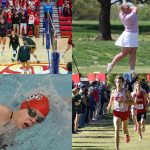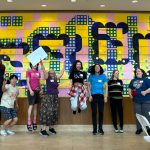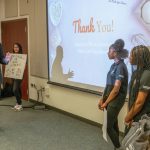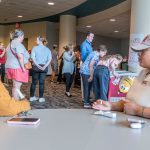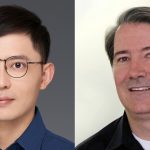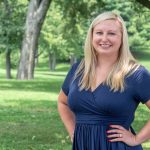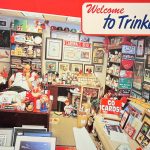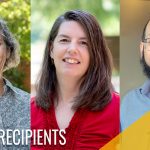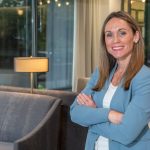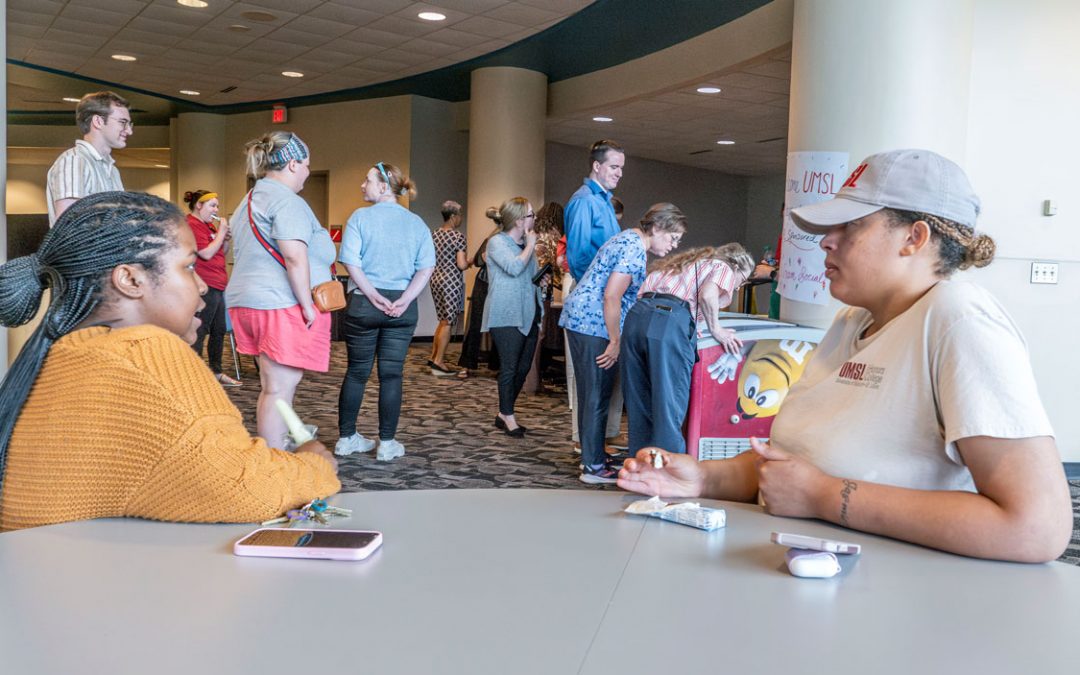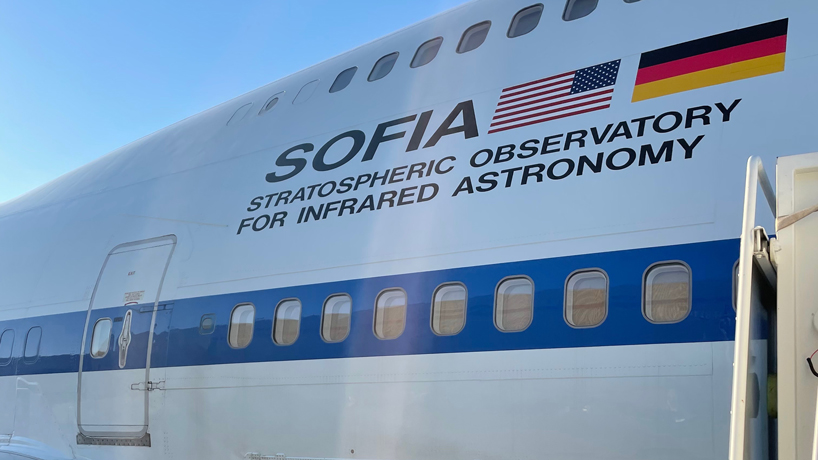
Education Alumna Melissa Bouquet was one of the 28 educators from across the country selected for the NASA Airborne Astronomy Ambassadors Program in 2020. As part of the experience, she took part in a flight in NASA’s airborne observatory, dubbed the Stratospheric Observatory for Infrared Astronomy, or SOFIA. (Photos courtesy of Melissa Bouquet)
Just after the Fourth of July, Melissa Bouquet strapped into the cockpit of a Boeing 747 bound for the Earth’s stratosphere.
After takeoff, Bouquet operated the plane’s state-of-the-art telescope and conversed with mission directors and scientists while more than 40,000 feet in the air. However, she isn’t an astronaut or a spy – she’s a ninth-grade physical science teacher at Fort Zumwalt West High School.
“Oh my goodness, one of the best experiences of my life,” Bouquet said.

Melissa Bouquet is a ninth-grade physical science teacher at Fort Zumwalt West High School.
The flight in NASA’s airborne observatory, dubbed the Stratospheric Observatory for Infrared Astronomy or SOFIA, was part of the organization’s Airborne Astronomy Ambassadors Program. Bouquet, a graduate of the College of Education at the University of Missouri–St. Louis, was one of the 28 educators from across the country selected for the AAA Program in 2020.
The NASA program is managed by the SETI Institute and provides multi-faceted professional development for high school science teachers with the goal of enhancing STEM education throughout the country. SOFIA, a joint effort between NASA and the German Aerospace Center, was specifically designed to support initiatives like the AAA Program.
Bouquet grew up in O’Fallon, Missouri, and loved science, particularly astronomy, as a child. When it came time to go to college, she knew teaching would be a good way to pursue that interest. She chose to attend UMSL because its proximity made it easy for her to commute from her home while she studied.
“I love science, and I wanted to share that passion with others,” she said. “Teaching was the best way to do it.”
Bouquet finished her degree in December 2012 and began teaching seventh grade science in the Hazelwood School District the following school year. She moved to Fort Zumwalt West in 2018.
A golden opportunity to share her love of space landed in her inbox during the 2019-20 school year. The curriculum coordinator at Fort Zumwalt came across the AAA Program and sent out an email with a link to the application, encouraging science teachers at the school to apply. Bouquet applied, even though she wasn’t expecting to be selected.
To her surprise, she was among the 28 educators to make the cut.
“I was surprised, and I was completely overwhelmed and excited,” Bouquet said. “It was a chance to apply for this awesome experience, and I got it.”
Bouquet and the rest of the AAA participants started the program by attending monthly Zoom meetings with Dana Backman, an astrophysicist and principal investigator for the program. Backman discussed the details of SOFIA, its instruments and the science behind the airborne observatory. The educators were also required to take an astronomy course before moving on to in-person training on curriculum that they will take back to their classrooms this school year.
The program culminated with an in-flight experience on SOFIA. Bouquet was initially supposed to do the week-long flight program in 2020, but it had to be rescheduled for this July due to COVID-19 precautions.
“We were really lucky that we were able to get two flights,” she said. “There was a concern with the heat, but they were able to cool down the cabin enough so we were able to continue with both of our flights. You fly all night. We took off at 8:30 at night and we landed at 5:30 in the morning.”
During the flights, the educators were able to move around the cabin and talk with the SOFIA crew about its research and findings. SOFIA’s infrared telescope, which looks out of a door on the fuselage near the airplane’s tail, has been crucial to NASA’s efforts to study the composition of planetary atmosphere and comets and to explore the formation of stars.
“We were allowed to go up and talk with the telescope operator, and he let us actually control the telescope, which was amazing,” Bouquet said.
When Bouquet returns to the classroom, she will implement a 10-day unit on infrared radiation and incorporate her experience on SOFIA into the curriculum. She can’t wait to share the once-in-a-lifetime adventure with her students.
“It’s a great opportunity to show our students that they can do great things,” she said. “They can go into the stratosphere if they want to.”


